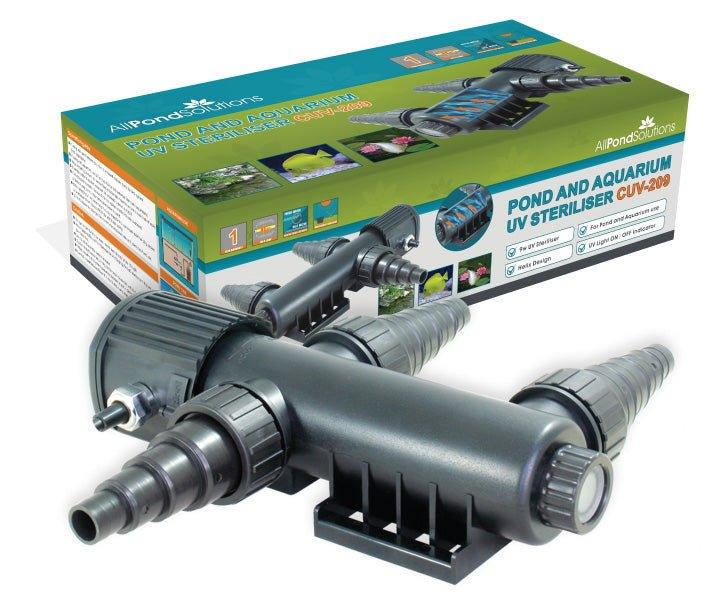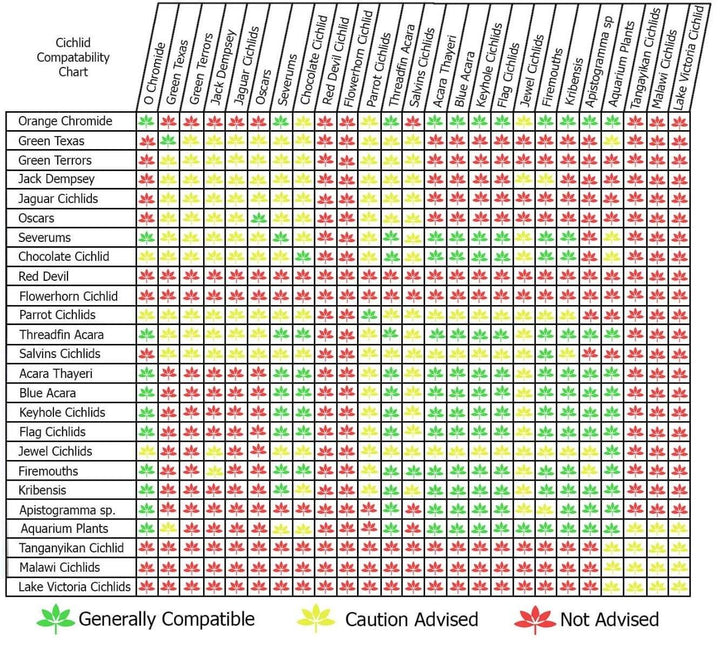Scientific Name: Mesonauta festivus
Please note – The image used above is for illustration purposes only; Size, colour and sex may vary. Many of our livestock species are sold as juveniles and have not yet reached their full size and colour potential. If you have any concerns about the size or colour of the livestock you wish to order, please contact our livestock team via our support centre before placing your order. Due to the large quantities of livestock orders daily, the livestock team will are unable to select fish / shrimp to meet specific gender or aesthetic needs.
Approximate purchase size : 4 - 5.5cm
All Pond Solutions will always endeavour to supply as close to the approximate size range as possible. Due to variations from suppliers on rare occasions this may not always be possible. Images used are to show the full potential of the fish when fully mature and are not always representative of juvenile specimens.
How easy are they to care for?
Captive raised species are quite happy given the correct water quality. Wild specimens can be more picky.
How large can they grow?
10cm
Where in the world are they from?
A very common site to be foudn throughout much of the northern parts of South America. Widely recorded in Venezuela, Brazil, Peru and Bolivia.
What is the ideal number to keep together?
Will happily coexist, there may be some bickering but it is rarely fatal.
What water conditions do they require?
Temperature ranges of 24 - 28 Celsius and will accept pH ranges between 6.5 - 8.0 although the closer to 6.5 is more preferable.
What should you feed them?
Live foods will be greatly accepted as well as frozen foods such as Bloodworm, Artemia and Daphnia. Captive bred species will happily accept sinking pellets.
How compatible are they with other fish?
More than happy to live in a general community tank with medium sized fish not small enough to be seen as prey.
Can they be bred in captivity?
Breeding occurs on slate surfaces which will see the female deposit in excess of 300 eggs for the male to pass over and fertilise. Both parents will guard the eggs which should have in 2-3 days. Once hatched the parents will transfer the fry to a pit and guard them until they are free swimming and big enough to accept larger foods. Care should be taken however as Flag Cichlids can be easily spooked which can lead to inexperienced parents eating the fry.









